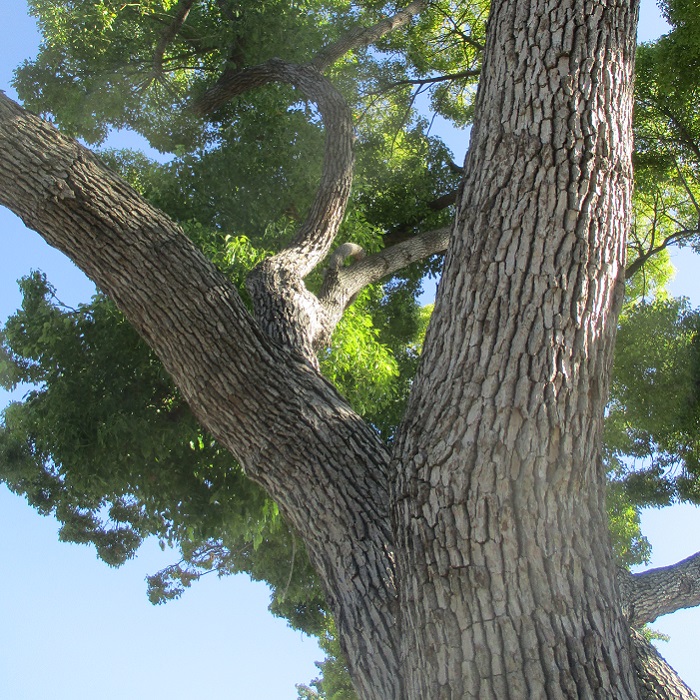UNITED STATES—Modern urban home gardens are shadier and more confined than older suburban home gardens originally were. Modern homes are both taller and closer together on smaller parcels. Fences are also taller to compensate for the minimal proximity of adjacent homes. Less sunlight reaches the ground. There is not as much space available for shade trees. Nor is there as much use for them.
Huddled modern homes are simply not as exposed to sunlight as older suburban homes were. Sunlight is more of an asset than a liability. Walls, ceilings and windows are so thoroughly insulated that shade is less important. Solar arrays up on roofs must remain exposed to sunlight. Smaller and denser trees are more important for obscuring views of adjacent homes, rather than for shade.
Shade trees are still useful for rural and suburban homes. Shade helps to keep older and less energy efficient homes cooler through warmer summer weather. If strategically situated to the south, west or southwest, they shade homes during the warmest time of day. Well proportioned trees do not darken too much of their gardens. Deciduous trees allow warming sunlight in through winter.
Shade trees are not what they used to be.
The popularity of modern urban homes is directly proportionate to the popularity of small evergreen trees. Such trees fit into smaller garden spaces, and permanently obscure unwanted scenery. Big deciduous shade trees that are practical for larger garden spaces become obtrusive in confined spaces. Defoliation in winter reveals unwanted views, and deprives the landscape of privacy.
Some of the more practical of small evergreen trees are actually large shrubbery. English laurel, Carolina cherry, photinia, hopseed bush and various pittosporums can get high enough to obscure neighboring windows. All are conducive to pruning if they get too tall. If staked on single straight trunks, or pruned to expose a few sculptural trunks, they do not occupy much space at ground level.
Tristania laurina, and some melaleucas are naturally small to midsized evergreen shade trees. Some species of Podocarpus can be pruned as midsized trees.
Highlight: Camphor Tree
The best camphor trees, Cinnamomum camphora, are in parks and other spacious landscapes. Such trees have sufficient room for their broad canopies. Although they do not grow rapidly, they eventually get quite large, and perhaps too massive for confined urban gardens. Some of the older local trees are nearly 50 feet tall, and nearly as broad. They have potential to get much bigger.
Camphor trees excel as shade trees. Their light green or perhaps yellowish evergreen foliage is quite dense. Shade of groups of trees or large trees with low canopies inhibits the growth of lawn grass. Also, roots are likely to eventually elevate lawn or other features that are close to the trunks. Foliar canopies are billowy, but can be lopsided, especially in windy or partly shaded situations.
Trunks and main limbs of camphor trees are rather stout, and can be rather sculptural. Trees should be pruned for clearance while young. Otherwise, obtrusively low limbs can become prominent components of the canopies. The tan bark is distinctively checkered. It darkens handsomely with rain. All parts of camphor tree are quite aromatic. Frass from spring bloom can be slightly messy.
Horticulturist Tony Tomeo can be contacted at tonytomeo.com.






